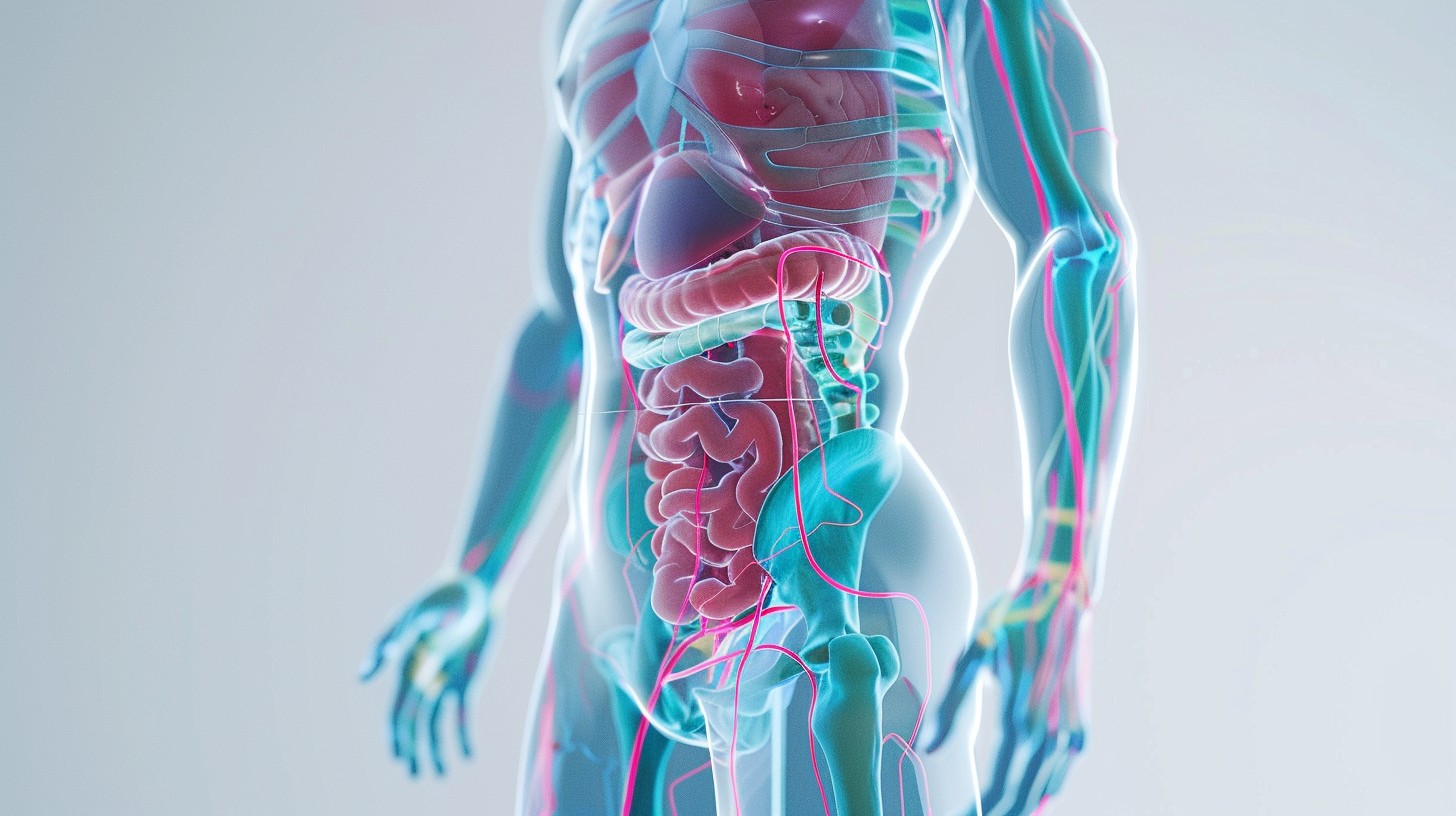Diabetes is a chronic metabolic condition that occurs when the pancreas produces an insufficient amount of insulin or when the body cannot use insulin effectively to lower blood glucose levels. Insulin is a hormone that is vital for reducing blood glucose levels throughout one’s life, particularly after eating.
Type 2 diabetes is the most common form of diabetes and was directly responsible for 1.5 million deaths in 2019. Diabetes leads to chronic hyperglycaemia (high blood glucose levels), impacting other health systems, such as the kidneys. It is often linked to eye and vision damage and can lead to lower limb amputations due to infections and slow-healing wounds.
Diabetes can have a detrimental impact on various health systems, making it important to understand the factors that can contribute to its development so these factors can be avoided or limited throughout life.
How Does Diabetes Occur?
Diabetes arises when an individual experiences persistently high blood glucose levels and is diagnosed through a fasting glucose test. This is a test where a blood sample is analysed after fasting for 8-12 hours, typically conducted in the morning. A reading of 7 mmol/L or higher on two different occasions indicates diabetes. It often results from poor lifestyle choices. The pancreas may produce sufficient insulin to lower blood glucose levels, but when cells cannot use insulin effectively, glucose levels remain elevated.
Contributing Factors
Various environmental and lifestyle factors can contribute to high blood glucose levels, leading to diabetes.
Air Pollution
Air pollution is a common environmental factor that can impact health in multiple ways. Studies have shown that air pollution can eventually lead to insulin resistance and cause inflammation. Limiting exposure to air pollution by wearing a mask and avoiding highly polluted areas can reduce the health risks associated with air pollution.
Existing Pre-Diabetes
Pre-diabetes is a precursor to diabetes and is diagnosed when a person has a fasting blood glucose level of 5.6 mmol/L to 6.9 mmol/L. Without lifestyle changes, pre-diabetes can progress to type 2 diabetes. However, normal blood glucose levels may be restored through appropriate lifestyle changes, such as maintaining a healthy diet and practising regular exercise.
Family History
Studies indicate that when parents have type 2 diabetes, their offspring have an elevated risk of developing type 1 diabetes later in life. These studies also suggest a higher likelihood of the offspring developing insulin resistance.
History of Gestational Diabetes
Gestational diabetes occurs when a woman develops diabetes during pregnancy despite no prior diagnosis. Studies show that blood glucose levels typically return to normal after childbirth. However, a history of gestational diabetes tends to increase the likelihood of developing type 2 diabetes later in life.
Poor Dietary Choices
Diets high in refined sugars, processed meats, and saturated fats often lead to obesity and can also cause insulin resistance and type 2 diabetes. The Western diet is often associated with being overweight and developing diabetes, as the body cannot produce enough insulin to meet the high demand of lowering blood glucose levels. Foods such as vegetables, fruits, unsaturated fats, and dietary fibre are recommended to reduce the risk of becoming overweight.
Lack of Physical Activity
Insufficient physical activity is also a significant contributing factor to developing diabetes. Exercise helps break down energy from fat stores, creating room for newly stored fats, and maintains insulin sensitivity. When an individual is inactive, energy is released from fat stores but not effectively used, resulting in increased blood glucose levels. Engaging in 150 minutes of aerobic exercise along with resistance training 2-3 days per week is recommended to maintain a healthy metabolism and prevent diabetes.
Prevention and Treatment
Preventing diabetes is always preferable to treating it. By being informed about the factors that contribute to diabetes, one can either avoid certain factors or implement preventative measures to reduce the risk of developing this condition. Consulting a doctor and a dietitian can be helpful when creating a diabetes prevention plan.
There are various treatment options for both type 1 and type 2 diabetes. Type 1 diabetes is often managed with additional insulin, as the pancreas does not produce enough insulin. Type 2 diabetes can be treated with oral medications, injectable anti-diabetic drugs, or, in severe cases, insulin alongside oral medications.










